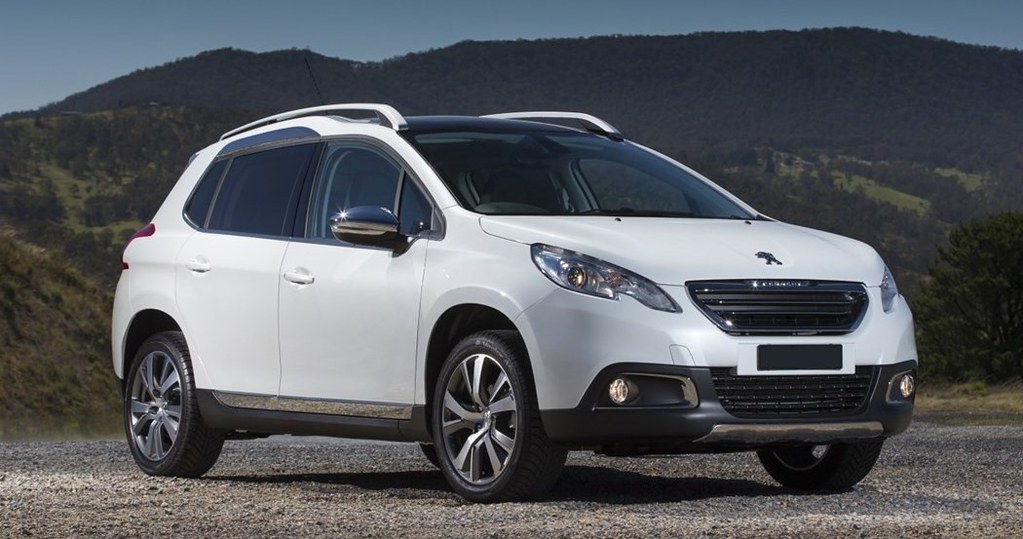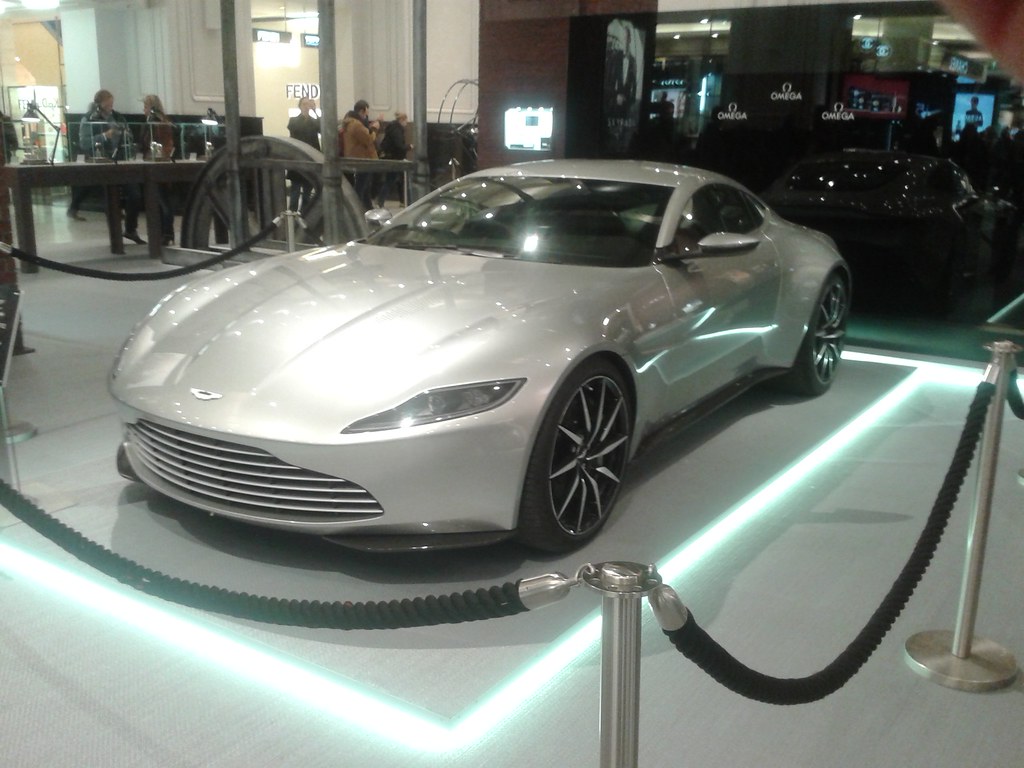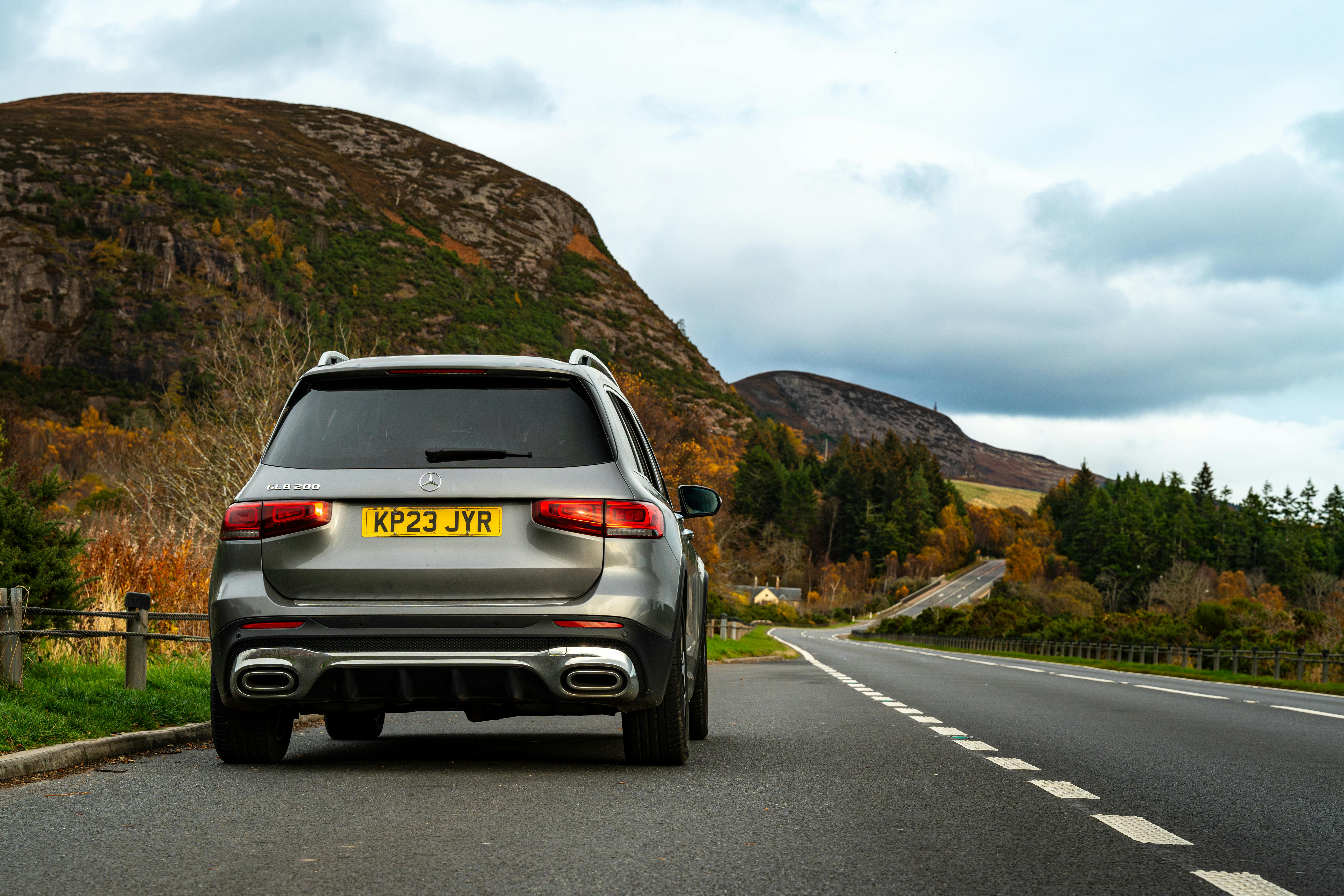
SUVs have cemented their place as an undeniable force on our roads, effortlessly conquering cityscapes, highways, and even venturing beyond the tarmac. These versatile vehicles, celebrated for their spacious interiors, impressive towing capabilities, and a commanding driving position, have become a staple for families and adventurers alike. Yet, the journey of these ubiquitous machines from their initial humble beginnings to the feature-packed marvels we know today is a truly fascinating saga of engineering prowess and market adaptation.
Our exploration into the world of Sport Utility Vehicles reveals a history deeply rooted in necessity and innovation. The origins of SUVs can be traced back to the 1930s, a period when pioneering companies like Chevrolet and Ford began crafting larger, more robust vehicles specifically designed for rigorous off-road use. These initial iterations were predominantly developed for military purposes, showcasing an unyielding ruggedness and unparalleled capability that quickly captured the attention of civilian buyers, sparking the nascent interest in utility vehicles.
This article invites you on an immersive journey, delving into the storied history of SUVs. We will meticulously explore their humble beginnings, spotlighting key innovations and the pivotal moments that transformed them from military workhorses into the comfortable, capable family haulers that dominate automotive sales charts today. Buckle up, as we uncover the experimental beginnings that absolutely defined the modern market, paving the way for the SUV’s enduring appeal.
1. **The Early Origins & Military Roots: The Willys MB Jeep**The very genesis of the SUV story doesn’t unfold on a picturesque highway, but rather amidst the demanding landscapes of World War II. It was during this critical period that an urgent need arose for a rugged, all-terrain vehicle—a machine capable of traversing muddy trenches and navigating exceptionally uneven terrain. This imperative spurred the rapid development of what would become the first true SUVs, vehicles built for sheer functionality and resilience.
In the pivotal year of 1941, the definitive answer to this wartime demand arrived in the form of the Willys MB. This lightweight, four-wheel drive vehicle, meticulously engineered and built by the Willys-Overland Motors Company, quickly proved its mettle. Affectionately known as the “Jeep,” this no-frills machine transcended its utilitarian purpose, becoming a powerful symbol of resilience, adaptability, and unparalleled maneuverability on the battlefield.
The Willys MB’s design was a masterclass in functional simplicity, yet it packed a punch with its powerful engine and remarkably high ground clearance. These attributes combined to make it an absolute game-changer for wartime transportation, providing an essential backbone for military operations across diverse theaters. Its core capabilities – raw power, agility, and the ability to conquer almost any landscape – were features that would profoundly influence future automotive design.
Beyond its immediate military success, the Willys MB, and other such robust military vehicles, laid down a foundational blueprint. These machines, specifically developed with off-road capabilities, were essential for navigating harsh terrains during times of conflict. Their robust construction, often featuring four-wheel drive and ample ground clearance, unequivocally demonstrated the immense potential for a vehicle that could conquer even the most unforgiving landscapes, setting a precedent for what a utility vehicle could truly achieve.
Car Model Information: 2023 GMC Sierra 1500 AT4X
Name: Willys MB , Ford GPW , Truck, 1⁄4nbhton, 4×4, command reconnaissance
Origin: United States
Type: 1/4 ton 4×4 utility truck
IsVehicle: true
Service: 1941–2000
UsedBy: allies of World War II
Wars: World War II,Korean War,List of wars: 1945–1989
Designer: Harold Crist
DesignDate: 1940 through early 1942
Manufacturer: Willys,Ford Motor Company
ProductionDate: 1941–1945
Number: WWII total: More than 647,925 *,,including early production units,Willys MB: Over 359,489 *,Ford GPW: Over 277,896 *,Auburn Automobile#Corporate history
Variants: Ford GPA
SpecLabel: MB and GPW same
Weight: convert
Length: 132 in
Abbr: refn
Width: 62 in
Height: 52 in
Crew: 3 to 4
PrimaryArmament: Designed to mount .30 or .50 caliber machine guns swiveling on a post between front seatbacks
Engine: 134 cuin
EnginePower: 60 hp
PwRatio: 49 hp
Transmission: 3-speed × 2-range transfer case
Suspension: Beam axle#Live axle vs Dead axle
Clearance: convert
PayloadCapacity: 1200 lb
FuelCapacity: 15 USgal
VehicleRange: 300 mi
Speed: 65 mph
Categories: All articles needing additional references, All articles with failed verification, All articles with unsourced statements, Articles needing additional references from September 2021, Articles with failed verification from September 2021
Summary: The Willys MB ( Willis) and the Ford GPW, both formally called the U.S. Army truck, 1⁄4‑ton, 4×4, command reconnaissance, commonly known as the Willys Jeep, Jeep, or jeep, and sometimes referred to by its Standard Army vehicle supply number G-503, were highly successful American off-road capable, light military utility vehicles. Well over 600,000 were built to a single standardized design, for the United States and the Allied forces in World War II, from 1941 until 1945. This also made it the world’s first mass-produced four-wheel-drive car, built in six-figure numbers.
The 1⁄4-ton jeep became the primary light, wheeled, multi-role vehicle of the United States military and its allies. With some 640,000 units built, the 1⁄4‑ton jeeps constituted a quarter of the total military support motor vehicles that the U.S. produced during the war, and almost two-thirds of the 988,000 light 4WD vehicles produced, when counted together with the Dodge WC series. Large numbers of jeeps were provided to U.S. allies, including the Soviet Union at the time. Aside from large amounts of 11⁄2- and 21⁄2‑ton trucks, and 25,000 3⁄4‑ton Dodges, some 50,000 1⁄4‑ton jeeps were shipped to help Russia during WWII, against Nazi Germany’s total production of just over 50,000 Kübelwagens, the jeep’s primary counterpart.
Historian Charles K. Hyde wrote: “In many respects, the jeep became the iconic vehicle of World War II, with an almost mythological reputation of toughness, durability, and versatility.” It became the workhorse of the American military, replacing horses, other draft animals, and motorcycles in every role, from messaging and cavalry units to supply trains. In addition, improvised field modifications made the jeep capable of just about any other function soldiers could think of. Military jeeps were adopted by countries all over the world, so much so that they became the most widely used and recognizable military vehicle in history.
Dwight D. Eisenhower, the Supreme Commander of the Allied Expeditionary Force in Europe in World War II, wrote in his memoirs that most senior officers regarded it as one of the five pieces of equipment most vital to success in Africa and Europe. General George Marshall, Chief of Staff of the US Army during the war, called the vehicle “America’s greatest contribution to modern warfare.” In 1991, the MB Jeep was designated an “International Historic Mechanical Engineering Landmark” by the American Society of Mechanical Engineers.
After WWII, the original jeep continued to serve, in the Korean War and other conflicts, until it was updated in the form of the M38 Willys MC and M38A1 Willys MD (in 1949 and 1952 respectively), and received a complete redesign by Ford in the form of the 1960-introduced M151 jeep. Its influence, however, was much greater than that—manufacturers worldwide began building jeeps and similar designs, either under license or not—at first primarily for military purposes, but later also for the civilian market. Willys turned the MB into the civilian Jeep CJ-2A in 1945, making the world’s first mass-produced civilian four-wheel drive. The “Jeep” name was trademarked and grew into a successful and highly valued brand.
The success of the jeep inspired both an entire category of recreational 4WDs and SUVs, making “four-wheel drive” a household term, and numerous incarnations of military light utility vehicles. In 2010, the American Enterprise Institute called the jeep “one of the most influential designs in automotive history.” Its “sardine tin on wheels” silhouette and slotted grille made it instantly recognizable, and it has evolved into the currently produced Jeep Wrangler still largely resembling the original jeep design.
Get more information about: Willys MB
Buying a high-performing used car >>>
Brand: Willys Model: MB Jeep
Price: $64,995 Mileage: 13,767 mi.
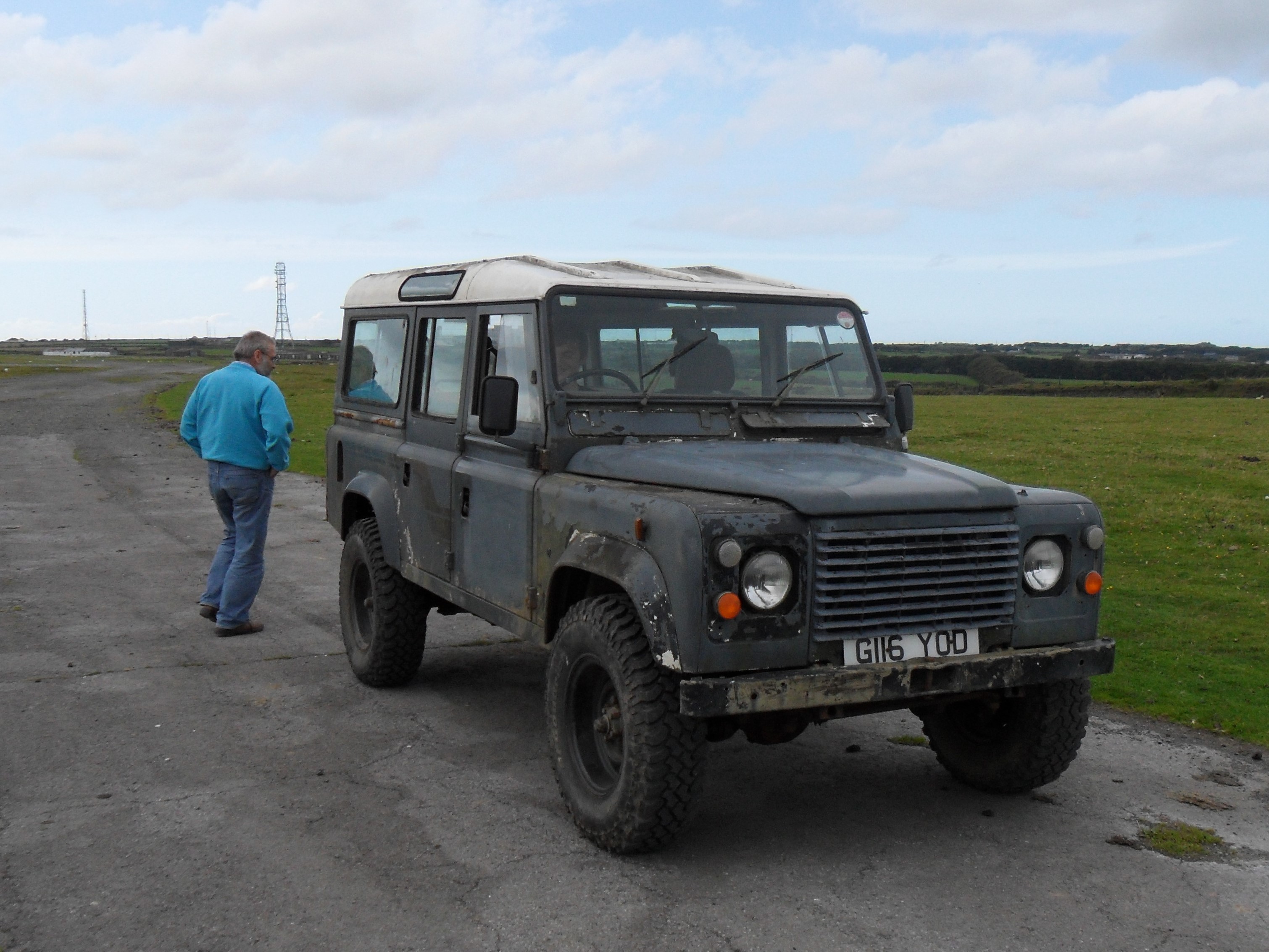
2. **Land Rover: Another Early Off-Road Pioneer**While the Willys MB was making its indelible mark across battlefields, another iconic off-road vehicle was simultaneously taking shape across the Atlantic. This parallel development highlights the global need for such versatile machines and the burgeoning ingenuity in automotive engineering during that era. The spirit of rugged utility was clearly in the air, inspiring designers and engineers on both sides of the ocean.
In 1948, the Land Rover made its grand debut, emerging from the distinguished Rover Company in England. Its creation was directly inspired by the formidable American Jeeps that British forces had encountered during the war, showcasing a clear influence of successful wartime design on post-war civilian innovation. However, the Land Rover was conceived with a distinct purpose beyond pure military application.
This British pioneer was primarily designed for intensive agricultural use, engineered to tackle the famously tough terrains of rural landscapes and to efficiently haul heavy loads across challenging properties. Its robust construction and go-anywhere capability made it an invaluable asset for farmers and land managers, quickly establishing its reputation as a reliable workhorse in the agricultural sector.
Both the early military SUVs, like the Willys MB, and utility vehicles such as the Land Rover, with their unwavering emphasis on functionality and impressive off-road prowess, undeniably laid crucial groundwork. They created a compelling precedent for the eventual demand and subsequent development of the civilian SUVs that would follow, demonstrating that a vehicle built for extreme conditions could also serve a broader purpose.
Read more about: Shocker Alert: These 10 Once-Lauded Models Transform Into Electrical Nightmares After a Decade
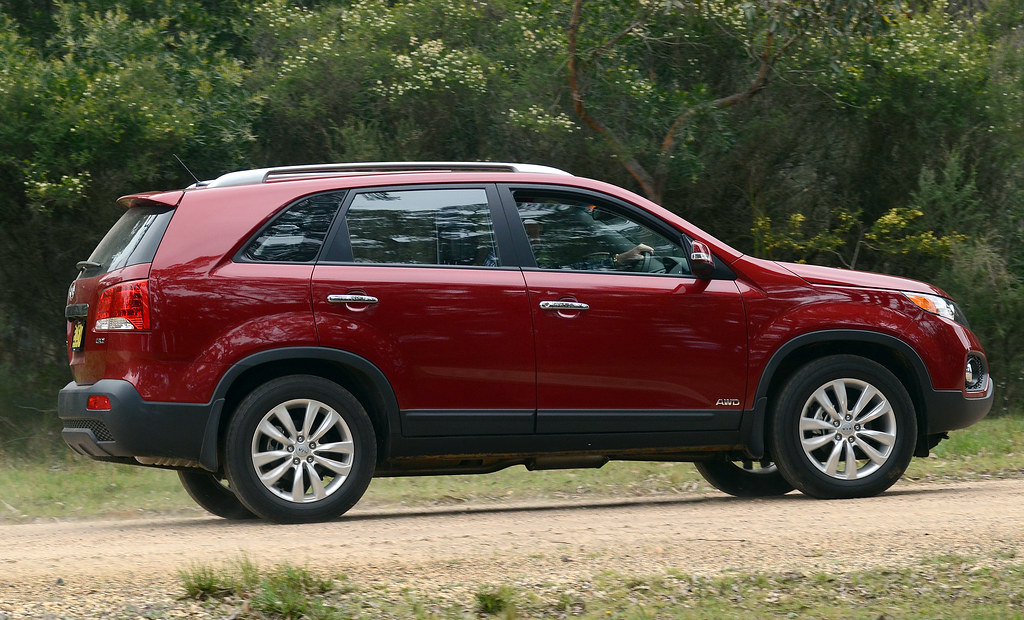
3. **Civilian Transition: Surplus Jeeps & Early Adaptations**The conclusion of World War II ushered in a new era, marked by an unexpected surplus of rugged Jeeps. These incredibly versatile vehicles, no longer solely needed on the battlefields, were presented with a unique opportunity to find a new, expansive calling: civilian life. This pivotal moment marked the beginning of a profound transformation, shifting the perception and utility of these durable machines from military hardware to everyday practicality.
With their extensively proven off-road capability and legendary durability, these surplus Jeeps quickly became a highly sought-after choice for a diverse civilian demographic. Farmers, ranchers, and outdoor enthusiasts, recognizing their inherent strengths, eagerly adopted them. This significant surge in popularity was instrumental in planting the very seeds for what would ultimately blossom into a thriving civilian SUV market, indicating a clear consumer appetite for robust, versatile transport.
Concurrently, on the civilian side of the automotive industry, station wagons had already emerged as an incredibly popular choice for families. These versatile vehicles offered a compelling combination of ample cargo space and comfortable seating for passengers, making them ideal companions for everything from cross-country road trips to the routine task of hauling everyday gear. Often referred to as “carryalls,” these station wagons subtly blurred the traditional lines between a passenger car and a utility truck, unknowingly foreshadowing the eventual rise and widespread acceptance of the SUV concept.
The transition of these vehicles from military necessity to civilian desirability was more than just a logistical shift; it was a cultural one. It showed that the public was ready for vehicles that offered more than just urban commuting – they wanted capability, space, and a touch of adventure. This era was critical in demonstrating the untapped potential for a multi-purpose vehicle that could excel in varied scenarios, from rugged landscapes to mundane daily chores.
Car Model Information: 2024 Jeep Gladiator Jeep Beach
Name: Willys MB , Ford GPW , Truck, 1⁄4nbhton, 4×4, command reconnaissance
Origin: United States
Type: 1/4 ton 4×4 utility truck
IsVehicle: true
Service: 1941–2000
UsedBy: allies of World War II
Wars: World War II,Korean War,List of wars: 1945–1989
Designer: Harold Crist
DesignDate: 1940 through early 1942
Manufacturer: Willys,Ford Motor Company
ProductionDate: 1941–1945
Number: WWII total: More than 647,925 *,,including early production units,Willys MB: Over 359,489 *,Ford GPW: Over 277,896 *,Auburn Automobile#Corporate history
Variants: Ford GPA
SpecLabel: MB and GPW same
Weight: convert
Length: 132 in
Abbr: refn
Width: 62 in
Height: 52 in
Crew: 3 to 4
PrimaryArmament: Designed to mount .30 or .50 caliber machine guns swiveling on a post between front seatbacks
Engine: 134 cuin
EnginePower: 60 hp
PwRatio: 49 hp
Transmission: 3-speed × 2-range transfer case
Suspension: Beam axle#Live axle vs Dead axle
Clearance: convert
PayloadCapacity: 1200 lb
FuelCapacity: 15 USgal
VehicleRange: 300 mi
Speed: 65 mph
Categories: All articles needing additional references, All articles with failed verification, All articles with unsourced statements, Articles needing additional references from September 2021, Articles with failed verification from September 2021
Summary: The Willys MB ( Willis) and the Ford GPW, both formally called the U.S. Army truck, 1⁄4‑ton, 4×4, command reconnaissance, commonly known as the Willys Jeep, Jeep, or jeep, and sometimes referred to by its Standard Army vehicle supply number G-503, were highly successful American off-road capable, light military utility vehicles. Well over 600,000 were built to a single standardized design, for the United States and the Allied forces in World War II, from 1941 until 1945. This also made it the world’s first mass-produced four-wheel-drive car, built in six-figure numbers.
The 1⁄4-ton jeep became the primary light, wheeled, multi-role vehicle of the United States military and its allies. With some 640,000 units built, the 1⁄4‑ton jeeps constituted a quarter of the total military support motor vehicles that the U.S. produced during the war, and almost two-thirds of the 988,000 light 4WD vehicles produced, when counted together with the Dodge WC series. Large numbers of jeeps were provided to U.S. allies, including the Soviet Union at the time. Aside from large amounts of 11⁄2- and 21⁄2‑ton trucks, and 25,000 3⁄4‑ton Dodges, some 50,000 1⁄4‑ton jeeps were shipped to help Russia during WWII, against Nazi Germany’s total production of just over 50,000 Kübelwagens, the jeep’s primary counterpart.
Historian Charles K. Hyde wrote: “In many respects, the jeep became the iconic vehicle of World War II, with an almost mythological reputation of toughness, durability, and versatility.” It became the workhorse of the American military, replacing horses, other draft animals, and motorcycles in every role, from messaging and cavalry units to supply trains. In addition, improvised field modifications made the jeep capable of just about any other function soldiers could think of. Military jeeps were adopted by countries all over the world, so much so that they became the most widely used and recognizable military vehicle in history.
Dwight D. Eisenhower, the Supreme Commander of the Allied Expeditionary Force in Europe in World War II, wrote in his memoirs that most senior officers regarded it as one of the five pieces of equipment most vital to success in Africa and Europe. General George Marshall, Chief of Staff of the US Army during the war, called the vehicle “America’s greatest contribution to modern warfare.” In 1991, the MB Jeep was designated an “International Historic Mechanical Engineering Landmark” by the American Society of Mechanical Engineers.
After WWII, the original jeep continued to serve, in the Korean War and other conflicts, until it was updated in the form of the M38 Willys MC and M38A1 Willys MD (in 1949 and 1952 respectively), and received a complete redesign by Ford in the form of the 1960-introduced M151 jeep. Its influence, however, was much greater than that—manufacturers worldwide began building jeeps and similar designs, either under license or not—at first primarily for military purposes, but later also for the civilian market. Willys turned the MB into the civilian Jeep CJ-2A in 1945, making the world’s first mass-produced civilian four-wheel drive. The “Jeep” name was trademarked and grew into a successful and highly valued brand.
The success of the jeep inspired both an entire category of recreational 4WDs and SUVs, making “four-wheel drive” a household term, and numerous incarnations of military light utility vehicles. In 2010, the American Enterprise Institute called the jeep “one of the most influential designs in automotive history.” Its “sardine tin on wheels” silhouette and slotted grille made it instantly recognizable, and it has evolved into the currently produced Jeep Wrangler still largely resembling the original jeep design.
Get more information about: Willys MB
Buying a high-performing used car >>>
Brand: Jeep Model: Jeep
Price: $36,793 Mileage: 28,711 mi.
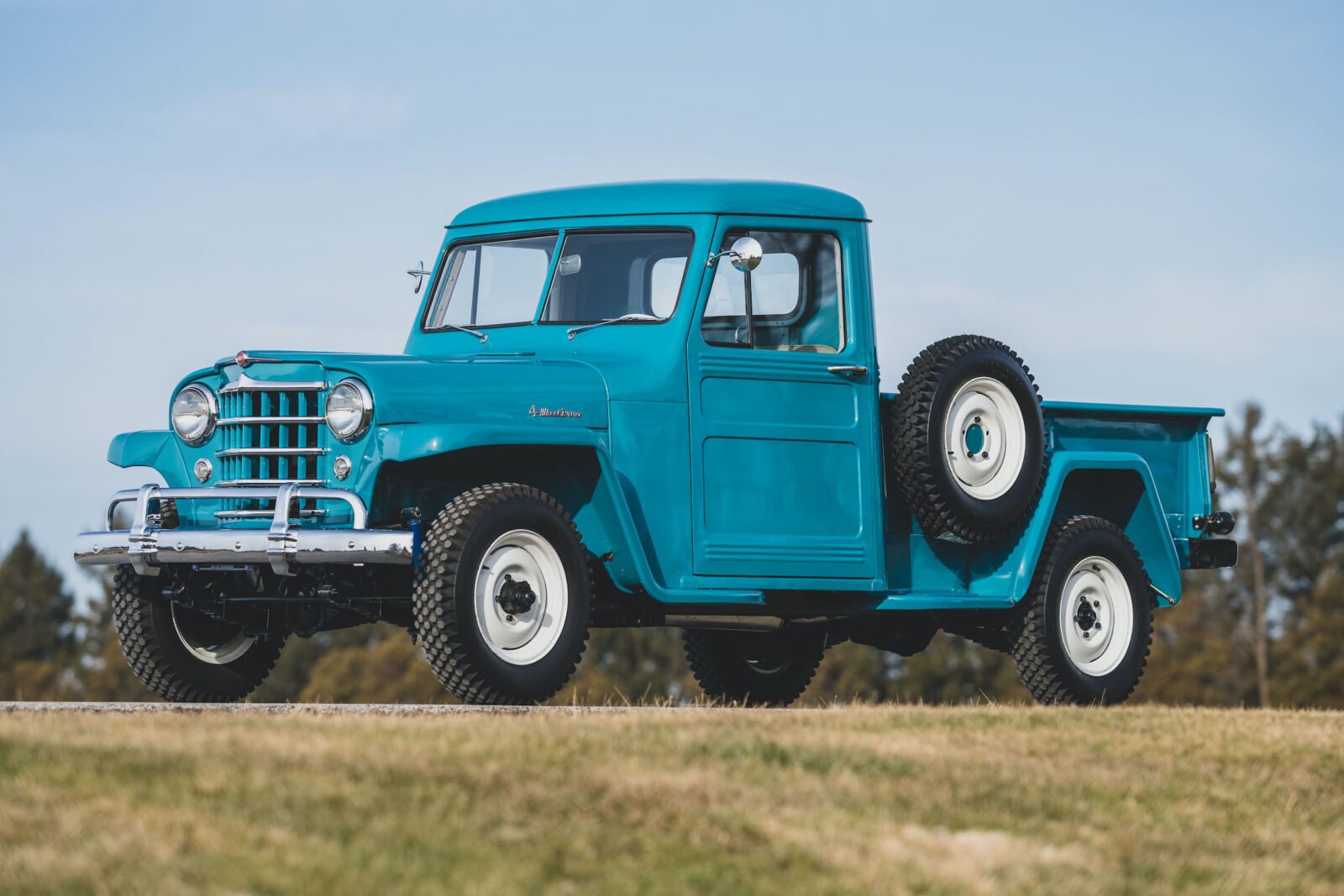
4. **The Willys Wagon: A Family-Friendly Offshoot**Capitalizing on the growing civilian interest and recognizing the immense potential for a more family-oriented utility option, Willys-Overland made a strategic and forward-thinking move. In 1946, they proudly introduced the Willys Wagon, a vehicle designed to bridge the gap between pure utility and domestic comfort, signaling a new direction for the burgeoning SUV segment.
This civilian iteration of the venerable Jeep offered significant enhancements tailored for family life. It featured a fully enclosed cabin, a marked improvement in comfort over open-top military designs, coupled with substantially increased cargo space. Furthermore, the Willys Wagon provided a noticeably more comfortable ride, making it an exceptionally practical and appealing choice for families who yearned for both adventure and everyday convenience without compromise.
The Willys Wagon was not merely an adaptation; it was a pioneering statement that utility vehicles could be more than just rough-and-tumble workhorses. It showcased that they could integrate seamlessly into suburban life, comfortably transporting families and their belongings while retaining the rugged DNA that made them capable off-roaders. This vehicle was crucial in shaping consumer expectations, demonstrating that a utility vehicle could offer versatility beyond purely rugged expeditions.
Its success underscored a pivotal insight: that consumers valued functionality blended with comfort and ample space. The Willys Wagon helped define the early parameters for what a family-friendly utility vehicle should be, setting a benchmark for subsequent designs and reinforcing the idea that these vehicles could serve a dual purpose – adventure on the weekends and reliable transport during the week.

5. **AMC & The Jeep Wagoneer: The Birth of the Luxury SUV**As the 1960s unfolded, the SUV landscape began to undergo another significant and transformative shift, moving beyond mere utility towards a blend of capability and refinement. This pivotal evolution was spearheaded by the rise of American Motors Corporation (AMC), which recognized an unmet desire in the market for vehicles that offered more than just rugged performance.
In 1963, AMC made automotive history with the introduction of the Jeep Wagoneer, a truly groundbreaking vehicle that fundamentally redefined the SUV experience. It was no longer just about getting through tough terrain; it was about doing so in comfort and style. The Wagoneer proudly boasted a surprisingly luxurious interior, a stark contrast to the utilitarian designs that had dominated the segment until then.
This new breed of SUV came equipped with features previously reserved for high-end sedans, such as automatic transmission, power steering, and an optional, robust V8 engine. These amenities elevated the Wagoneer from a simple utility vehicle to a sophisticated mode of transport, offering a driving experience that was both powerful and remarkably refined for its time.
This bold move marked the unequivocal entry of luxury SUVs into the mainstream market. The Wagoneer masterfully catered to a discerning clientele who desired not only exceptional off-road capability but also an undeniable touch of comfort, prestige, and refinement in their vehicles. It demonstrated that utility and luxury could coexist, forever changing the trajectory of SUV development.
Car Model Information: 2023 Jeep Wagoneer L Series II 4×4
Name: Jeep Wagoneer
Aka: Jeep Grand Wagoneer
Caption: 1990 Jeep Grand Wagoneer (SJ)
Manufacturer: Jeep
Class: Full-size SUV
Production: 1962–1993,2021–present
Layout: Front-engine, rear-wheel-drive
Chassis: ubl
Categories: 1960s cars, 1970s cars, 1980s cars, 1990s cars, 2020s cars
Summary: The Jeep Wagoneer and Grand Wagoneer are a sport utility vehicle (SUV) nameplate of Jeep vehicles, with several models marketed for the 1963 through 1993 model years and again since the 2022 model year.
Various versions of the Wagoneer/Grand Wagoneer were manufactured in the US and other nations by Kaiser Motors (1962−1971), by American Motors (1971−1987), by Chrysler (1987−1993), and Stellantis from 2021.
A revival of the Jeep Wagoneer was introduced as a concept version on September 3, 2020, and as the production model on March 11, 2021. Sales began in the second half of 2021 for the 2022 model year. In 2024, Jeep added an all-electric vehicle called the Wagoneer S to the lineup.
Get more information about: Jeep Wagoneer
Buying a high-performing used car >>>
Brand: Jeep Model: Wagoneer
Price: $42,997 Mileage: 43,422 mi.
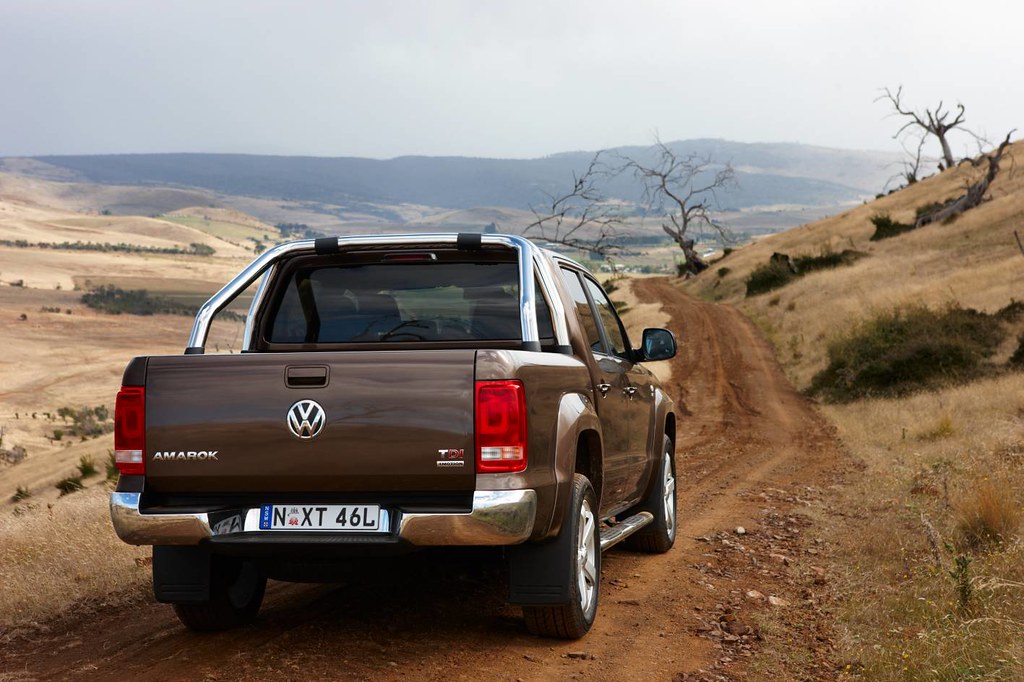
6. **The Rise of 4WD Systems for Civilian Use**A crucial technological development during this period significantly broadened the appeal and capabilities of civilian SUVs: the widespread introduction of sophisticated four-wheel drive (4WD) systems. Historically, 4WD was almost exclusively a military feature, an essential component for vehicles operating in challenging and unpredictable terrains where maximum traction was paramount for mission success.
However, astute companies, most notably Jeep, recognized the immense value and potential of 4WD for the civilian market. They began to proactively offer 4WD options on their civilian models, transforming the driving experience for a wider audience. This integration immediately enhanced the vehicles’ off-road prowess, making them even more capable for adventurers and those living in areas with challenging weather conditions.
This strategic move opened up new possibilities for drivers, appealing to a broader demographic seeking unparalleled all-weather capability and improved control. With 4WD, SUVs could confidently tackle adverse road conditions, snowy paths, muddy trails, and uneven surfaces that would be impassable for conventional two-wheel-drive vehicles. This versatility was a significant selling point, adding another layer of functionality that consumers deeply appreciated.
The widespread availability of four-wheel drive options in civilian models further blurred the lines between utilitarian work vehicles and family-friendly transport, especially in comparison to traditional station wagons. These vehicles, now combining the functionality of a wagon with the robust, off-road prowess of 4WD, appealed to an ever-growing range of consumers who desired a harmonious blend of practicality, safety, and a distinct touch of adventure in their daily lives and weekend excursions.
Read more about: 2025 SUVs with Full-Size Spares: Your Guide to Uncompromised Preparedness
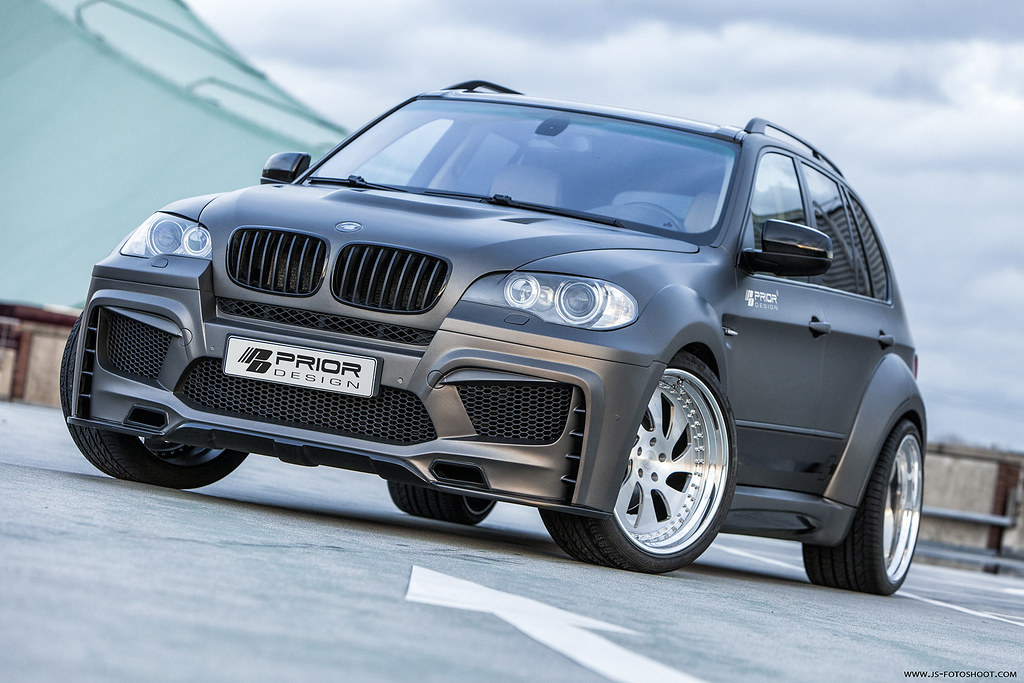
7. **The Station Wagon Rivalry: SUVs Take Center Stage**The 1970s and 80s witnessed an intriguing and ultimately decisive battle for dominance on American roads, setting the stage for a major shift in consumer preference. For decades, station wagons, celebrated for their spacious interiors and car-like handling, had held a strong and seemingly unassailable position in the family vehicle market. Yet, a formidable new contender quietly emerged, vigorously challenging the station wagon’s long-standing reign: the Sport Utility Vehicle.
During this transformative era, SUVs began to gain significant and undeniable traction as a viable, often superior, alternative to traditional station wagons. Their inherent ruggedness, coupled with a higher ground clearance and impressively capable towing capabilities, resonated deeply with families seeking a more adventurous and versatile option for their burgeoning needs. This appeal extended beyond just aesthetics; it offered tangible benefits for varied lifestyles.
Adding another layer to their increasing allure, the rising fuel prices of the 1970s paradoxically spurred manufacturers to develop more fuel-efficient SUVs. This innovation further enhanced their appeal, making them not just tough and spacious, but also more economical to operate than their earlier, heavier counterparts. This adaptability showed the industry’s responsiveness to evolving economic pressures and consumer demands.
Ultimately, the battle between the entrenched station wagons and the rapidly ascending SUVs intensified throughout the 70s and 80s. The compelling versatility and rugged appeal of SUVs, significantly bolstered by crucial advancements like unibody construction, began to definitively tip the scales in their favor. This era was pivotal; it set the stage for the unprecedented SUV boom that would emphatically define the automotive landscape in the following decades.
Our journey through the formative years of the Sport Utility Vehicle reveals a persistent drive for innovation, continually pushing the boundaries of what a family vehicle could be. As the 1970s unfolded, the automotive landscape was ripe for a truly transformative design that would bridge the gap between rugged capability and everyday usability, signaling a profound shift in consumer expectations.

8. **The Jeep Cherokee (XJ): Redefining the Modern SUV**A pivotal moment that truly changed the trajectory of the SUV market arrived in 1974 with the groundbreaking introduction of the Jeep Cherokee (XJ). This wasn’t just another iteration; it was an innovative model that marked a significant departure from the traditional body-on-frame construction that had defined earlier SUVs, fundamentally altering what a utility vehicle could be.
The Cherokee (XJ) made history by utilizing a revolutionary unibody construction. In this design, the vehicle’s frame and body are seamlessly integrated into a single, cohesive unit. This innovative approach contrasted sharply with the separate body and frame approach, which had been the standard for rugged vehicles, and it immediately delivered several distinct advantages to drivers and manufacturers alike.
One of the most immediate benefits of this unibody construction was a substantial reduction in weight. This lighter architecture led directly to improved fuel efficiency, a growing concern for consumers in an era of fluctuating energy prices. Furthermore, the lighter weight contributed to significantly better handling, making the Cherokee (XJ) a more agile and responsive vehicle on the road.
Beyond its mechanical innovations, the unibody design also offered a noticeably more comfortable, car-like ride compared to the often harsh and truck-like experience of traditional body-on-frame SUVs. This enhanced ride quality, combined with the ability to package interior components more efficiently for increased cabin space, made the Cherokee (XJ) a genuine game-changer. It paved the way for a new generation of modern SUVs that expertly blended off-road prowess with impressive on-road comfort and practicality.
Car Model Information: 2022 Jeep Cherokee X
Name: Jeep Cherokee
Caption: Fifth generation (KL)
Manufacturer: Jeep
Aka: Jeep Liberty
ModelYears: unbulleted list
Class: unbulleted list
Layout: unbulleted list
Chassis: unbulleted list
Categories: All-wheel-drive vehicles, Anti-Indigenous racism in the United States, Articles with short description, Compact sport utility vehicles, Crossover sport utility vehicles
Summary: The Jeep Cherokee is a line of sport utility vehicles (SUV) manufactured and marketed by Jeep over six generations. Marketed initially as a variant of the Jeep Wagoneer (SJ), the Cherokee has evolved from a full-size station wagon (before the SUV description came into use) to one of the first compact SUVs and into its latest generation as a crossover SUV.
Named after the Cherokee tribe of Native Americans in the United States, Jeep has used the nameplate in some capacity since late 1973 when American Motors Corporation (AMC) introduced the 1974 model year line.
Production of the Cherokee ended in February 2023. The Cherokee nameplate has since been used by the Grand Cherokee and its extended version, the Grand Cherokee L.
Get more information about: Jeep Cherokee
Buying a high-performing used car >>>
Brand: Jeep Model: Cherokee
Price: $25,390 Mileage: 26,492 mi.
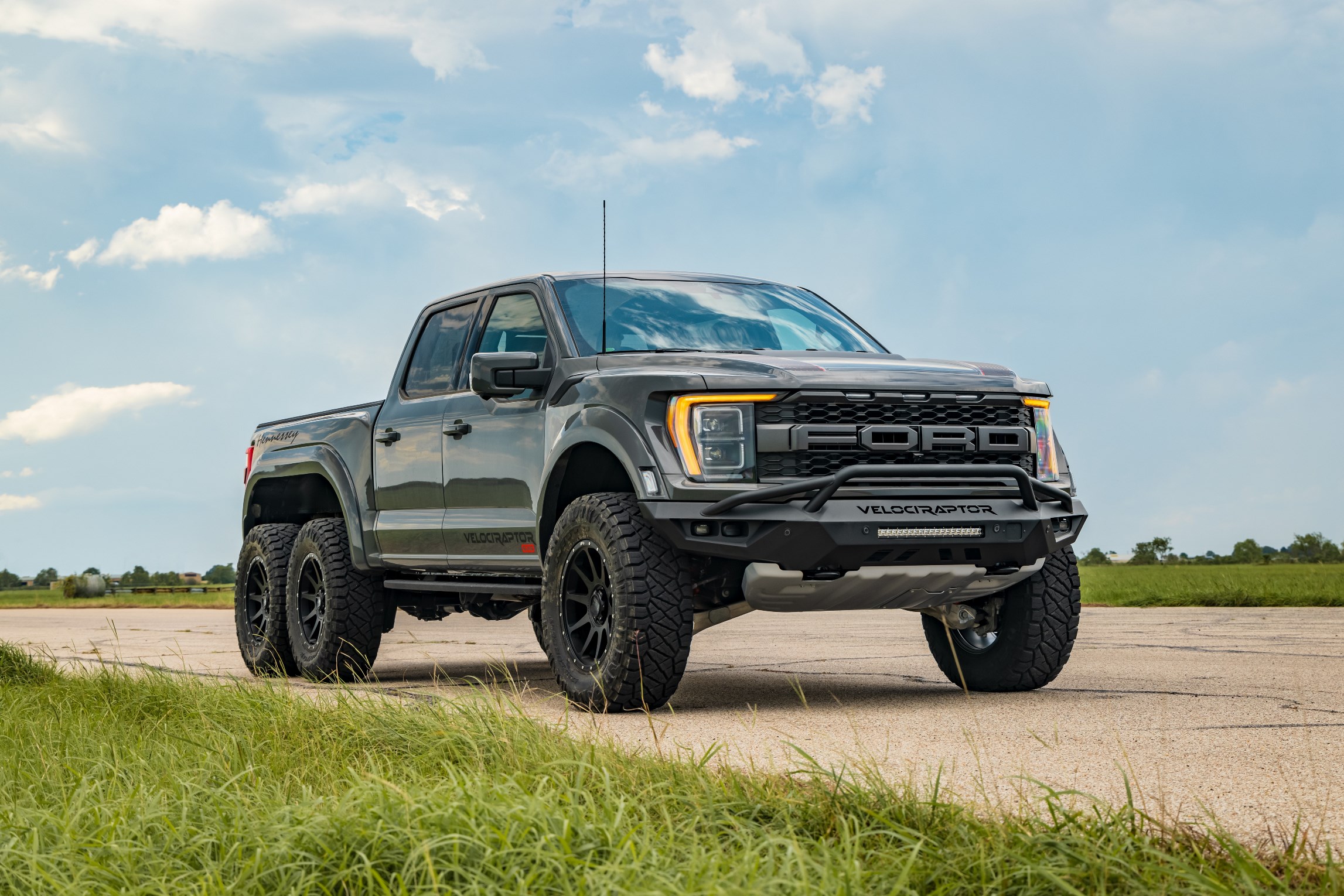
9. **Ford Enters the Fray: The Bronco’s Rugged Challenge**Not to be outdone by Jeep’s pioneering efforts, other major American automakers were also keenly observing the burgeoning appetite for rugged yet versatile vehicles. Ford, a titan of the industry, recognized the immense potential in this segment and decided to throw its considerable weight into the competition, aiming to capture the hearts of adventure seekers.
In 1966, Ford made its decisive entry into the competitive utility vehicle market with the introduction of the Ford Bronco. This wasn’t merely a response; it was a powerful statement of intent, delivering a truly formidable vehicle that quickly established itself as a direct and capable rival to Jeep’s established dominance in the off-road space.
The Bronco was engineered from the ground up to embody ruggedness. It offered a powerful engine that provided ample grunt for challenging terrains and everyday driving, coupled with truly impressive off-road capabilities that allowed it to confidently tackle demanding trails and unpaved paths. Its robust construction and assertive stance resonated deeply with consumers seeking a vehicle that promised both adventure and steadfast reliability.
From its very inception, the Ford Bronco directly competed with Jeep, particularly for the loyalty of enthusiasts who craved legitimate off-road performance in a civilian package. The rivalry between these two iconic American brands would go on to define much of the early and middle periods of the SUV market, pushing both companies to continually innovate and refine their offerings for an increasingly demanding clientele.
Car Model Information: 2024 Ford Bronco Badlands
Name: Ford Bronco
Caption: 2021 Ford Bronco Outer Banks (4-door)
Manufacturer: Ford Motor Company
Production: 1965–1996,2021–present
Class: Compact SUV
Layout: Front-engine, four-wheel-drive
BodyStyle: SUV
Successor: Ford Expedition
ModelYears: 1966–1996,2021–present
Categories: 1970s cars, 1980s cars, 1990s cars, 2020s cars, All-wheel-drive vehicles
Summary: The Ford Bronco is a model line of SUVs manufactured and marketed by Ford. The first SUV model developed by the company, five generations of the Bronco were sold from the 1966 to 1996 model years. A sixth generation of the model line was introduced for the 2021 model year. The nameplate has been used on other Ford SUVs, namely the 1984–1990 Bronco II compact SUV, the 2021 Bronco Sport compact crossover, and the China-only 2025 Bronco New Energy.
Originally developed as a compact off-road vehicle using its own chassis, the Bronco initially competed against the Jeep CJ-5 and International Scout. For 1978, Ford enlarged the Bronco, making it a short-wheelbase version of the F-Series pickup truck; the full-size Bronco now competed against the Chevrolet K5 Blazer and Dodge Ramcharger.
Following a decline in demand for large two-door SUVs, Ford discontinued the Bronco after the 1996 model year, replacing it with the four-door Ford Expedition; followed by the larger Ford Excursion. After a 25-year hiatus, the sixth-generation Bronco was reintroduced in 2021 as a mid-size two-door SUV. It is also offered as a full-size four-door SUV with a 16 in (41 cm) longer wheelbase. It competes directly with the Jeep Wrangler as both a two-door and a four-door (hardtop) convertible.
From 1965 to 1996, the Ford Bronco was manufactured by Ford at its Michigan Truck Plant in Wayne, Michigan, where it also manufactures the sixth-generation version.
Get more information about: Ford Bronco
Buying a high-performing used car >>>
Brand: Ford Model: Bronco
Price: $56,865 Mileage: 18,269 mi.
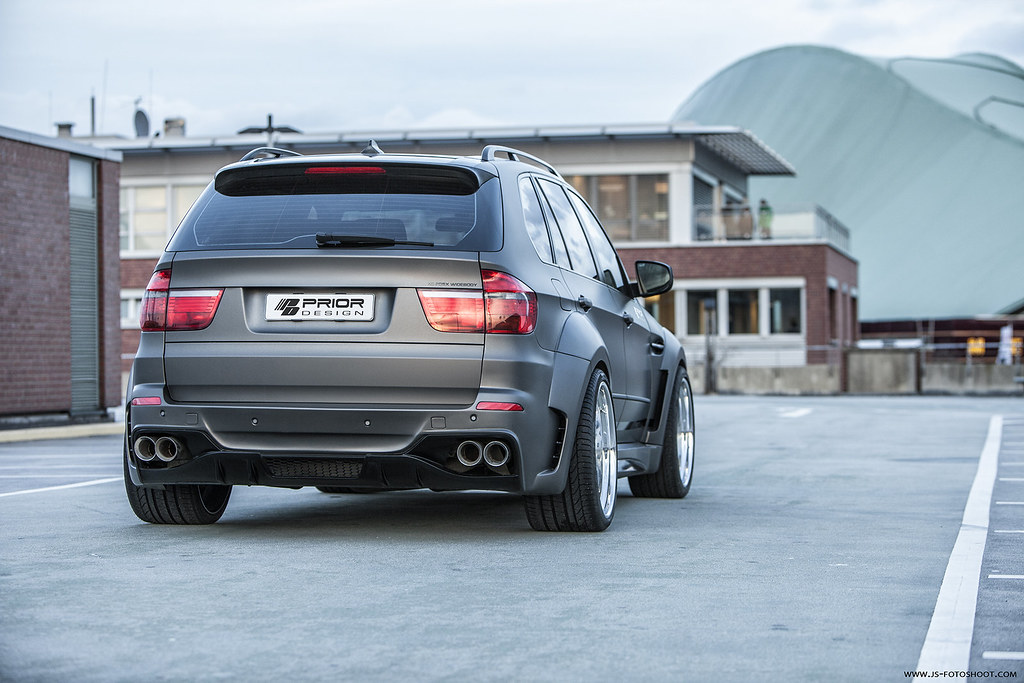
10. **The Golden Age Begins: Ford Explorer and Toyota 4Runner Lead the Charge**The 1990s and the early 2000s are widely celebrated as the undeniable golden age of the SUV, a period when these versatile vehicles truly cemented their position as the dominant choice for families and individuals across the globe. This era witnessed an unprecedented surge in popularity, transforming the automotive landscape and setting new benchmarks for vehicle design and consumer preference.
Several key factors converged to fuel this remarkable boom. A growing societal emphasis on safety played a significant role, with consumers drawn to the perception of increased safety offered by SUVs. Their larger size, elevated ground clearance, and commanding driving position provided a sense of security and control on the road, appealing to a broad demographic looking for dependable family transport.
Furthermore, the ever-increasing need for substantial cargo space became a primary driver of SUV adoption. Families with active lifestyles, those who frequently engaged in outdoor activities, or simply required more room for daily essentials found the ample cargo capacity of SUVs invaluable. Whether it was hauling sports equipment, camping gear, or the weekly groceries for a large family, SUVs offered unmatched practicality.
This golden age was decisively defined by several iconic models that became household names. The Ford Explorer, first introduced in 1990, quickly rose to prominence, offering a comfortable ride, generous interior space, and capable off-road performance. Similarly, the Toyota 4Runner, established in 1984, solidified its reputation as a remarkably reliable and versatile option, celebrated for its durability and impressive towing capacity. These vehicles, among others, conclusively cemented the SUV’s position as the ultimate family vehicle and indispensable adventure companion.
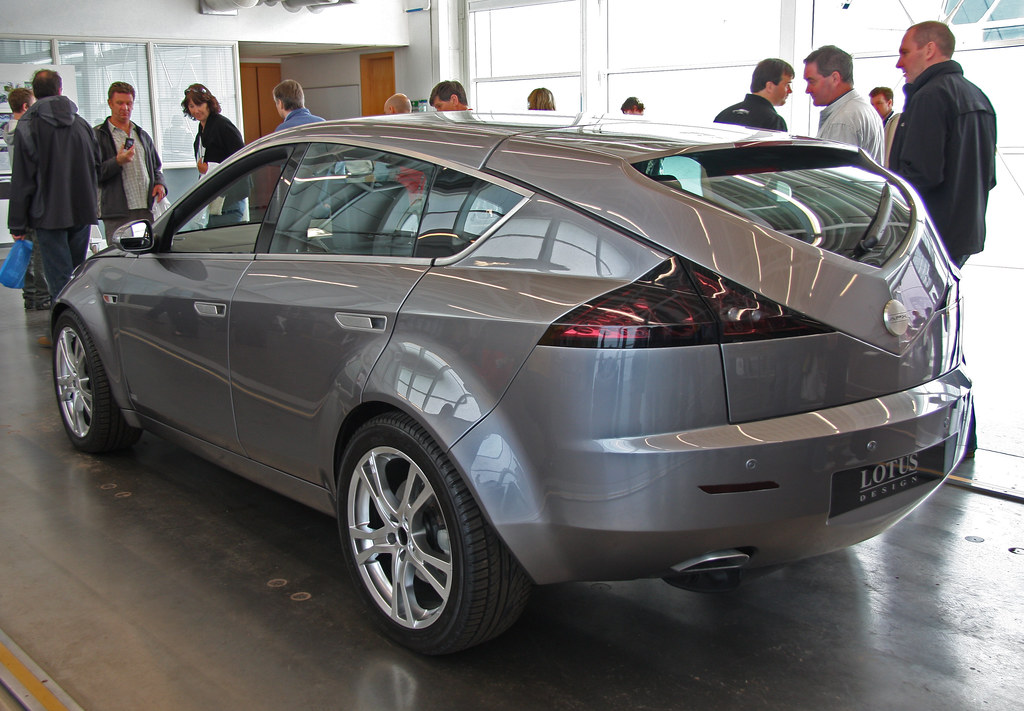
11. **Luxury Takes the Wheel: The Rise of High-End SUVs**As the SUV market continued its meteoric rise, its appeal broadened significantly, moving beyond pure utility and family-focused practicality. An entirely new segment of discerning consumers emerged, expressing a desire for vehicles that combined the rugged capability and commanding presence of an SUV with the unparalleled comfort, advanced technology, and prestigious appointments typically found in high-end luxury sedans.
Recognizing this lucrative and underserved niche, luxury car manufacturers swiftly entered the fray, eager to cater to this new breed of driver. They saw an opportunity to redefine the SUV experience, transforming it into a symbol of status, power, and ultimate refinement, without compromising on the versatility that had made SUVs so popular.
This led to the introduction of truly opulent offerings that elevated the SUV to an entirely new echelon. Brands such as Lincoln and Cadillac unveiled their interpretations of the luxury SUV, epitomized by models like the Lincoln Navigator and the Cadillac Escalade. These vehicles weren’t just large; they were meticulously crafted statements of automotive excellence.
These high-end SUVs masterfully combined a lavish array of luxury features with robust, powerful engines and impressively capable towing capacities. They appealed directly to those who sought a seamless blend of off-road prowess, commanding on-road presence, and an undeniable touch of comfort, prestige, and advanced technology in their vehicles. This expansion into the luxury segment further diversified the SUV market, proving its adaptability and enduring appeal across the entire automotive spectrum.
Read more about: Making Informed Choices: Essential Safety and Convenience Features for Retirees’ Next Car
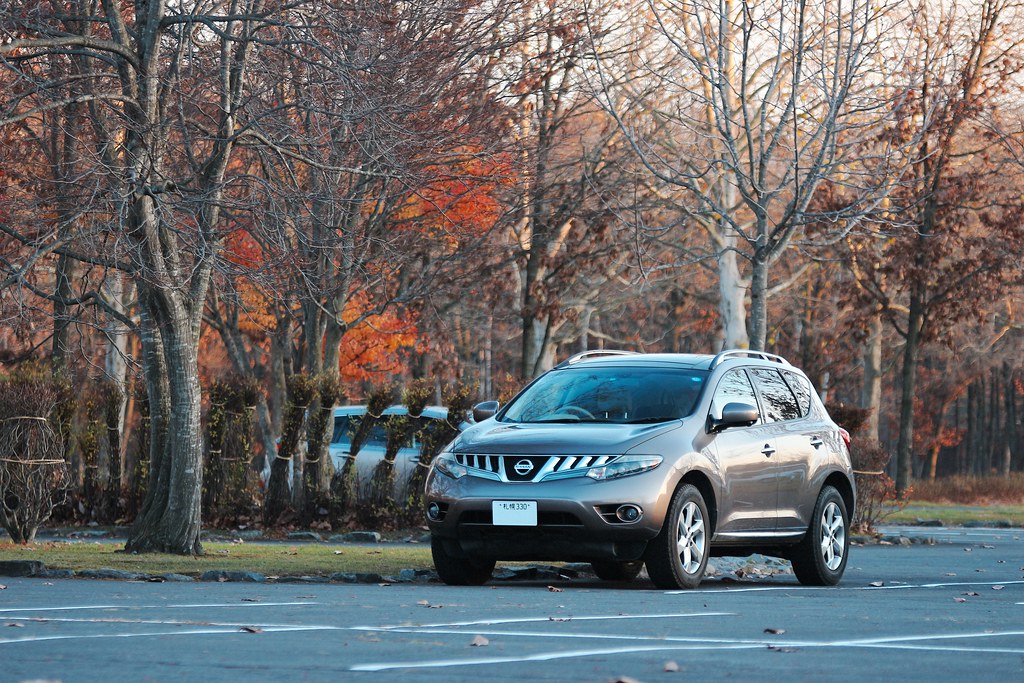
12. **Diversification: The Ascent of Crossover SUVs**The 21st century has witnessed a profound transformation in the SUV market, moving far beyond its monolithic beginnings to embrace an unprecedented level of diversification. Today, the landscape is a vibrant tapestry of options, meticulously designed to cater to an incredibly wide range of needs, preferences, and lifestyle demands, proving the segment’s remarkable adaptability.
A significant development in this modern era, and indeed one of the most impactful, has been the meteoric rise of crossover SUVs, or CUVs. These innovative vehicles were ingeniously designed to bridge the perceived gap between traditional, truck-based SUVs and conventional passenger cars. They meticulously combine the elevated driving position and increased cargo space of an SUV with the smoother handling and superior fuel efficiency typically associated with a sedan.
CUVs frequently utilize unibody construction, a design principle borrowed directly from cars, which contributes to their more car-like driving experience. This construction offers a more refined ride quality, enhanced maneuverability in urban environments, and often better fuel economy compared to their body-on-frame counterparts, making them incredibly appealing to a vast segment of consumers.
The popularity of crossover models has skyrocketed, with vehicles like the Toyota RAV4, Honda CR-V, and Ford Escape becoming consistent best-sellers in their respective categories. These vehicles, alongside a growing spectrum of compact, subcompact, and mid-size SUVs, ensure that there truly is an SUV option available for every conceivable need, from city dwellers seeking nimble urban transport to families requiring a balance of size, comfort, and versatile capability.
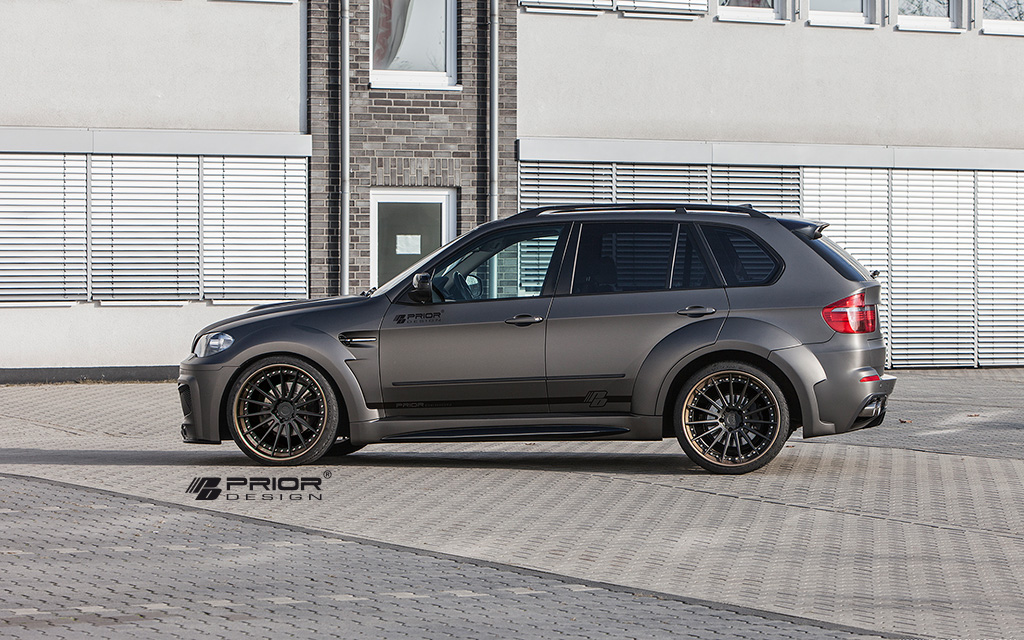
13. **Going Green: Hybrid and Electric Innovations**As global environmental consciousness has surged to the forefront of public discourse, the automotive industry has responded with remarkable innovation, and the SUV market is no exception. There is a palpable shift towards more sustainable transportation solutions, with electrification becoming a central pillar in the ongoing evolution of these popular vehicles.
Hybrid SUVs have emerged as a highly compelling solution, seamlessly combining a traditional gasoline engine with an advanced electric motor. This synergistic powertrain system works in concert to deliver significantly improved fuel efficiency compared to conventional gasoline-powered models, helping to reduce emissions and lower running costs. They offer a practical stepping stone for consumers looking to reduce their environmental footprint without fully committing to an all-electric vehicle.
Further pushing the boundaries of sustainable mobility, the development and proliferation of purely electric SUVs are rapidly expanding. These groundbreaking vehicles provide a genuinely zero-emission option, appealing directly to eco-conscious drivers who remain desirous of the size, versatility, and commanding presence that an SUV offers, but with a profoundly reduced environmental impact.
Automakers have invested heavily in developing these more eco-friendly SUVs, recognizing both the environmental imperative and changing consumer preferences. The advancements in battery technology, charging infrastructure, and electric motor performance mean that hybrid and electric SUVs are not only becoming more efficient but also increasingly capable and desirable, offering the best of both worlds: utility and environmental responsibility.
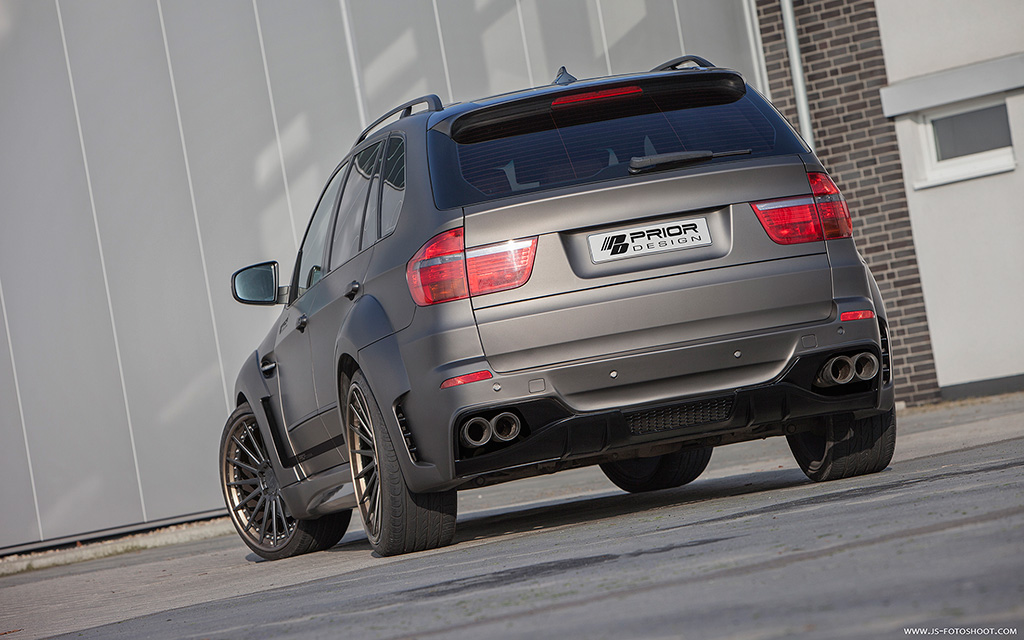
14. **Safety First: Advanced Features in Modern SUVs**The discussion around SUV safety has long been a multifaceted one, often balancing the perception of increased security due to their size and weight against other design considerations. In the modern era, however, the industry has made monumental strides in equipping SUVs with a comprehensive array of advanced safety features, transforming them into some of the safest vehicles on the road.
While their sheer size and mass can certainly impart a psychological sense of safety, it is the integration of cutting-edge technology that truly elevates the protective capabilities of today’s SUVs. Manufacturers are diligently working to improve both active and passive safety systems, aiming to prevent accidents from happening in the first place and to mitigate their severity when they do occur.
Modern SUVs are now frequently equipped with a plethora of sophisticated driver-assistance systems. These include automatic emergency braking, which can detect potential collisions and apply the brakes autonomously, and lane departure warning systems, which alert drivers if they inadvertently drift from their lane. Blind spot monitoring provides crucial visual warnings of vehicles in hard-to-see areas, while adaptive cruise control intelligently adjusts vehicle speed to maintain a safe distance from the car ahead.
These advanced features are not merely add-ons; they are integrated components designed to work in harmony, enhancing driver awareness, reducing driver fatigue, and actively assisting in preventing accidents. Consequently, while it is always important to research the specific safety ratings and features of any individual model, the overall safety profile of modern SUVs has significantly improved, increasing their appeal to consumers who prioritize protection for themselves and their families.
Read more about: Beyond the Badge: Uncovering the True Financial Realities of Owning a Classic Porsche 911
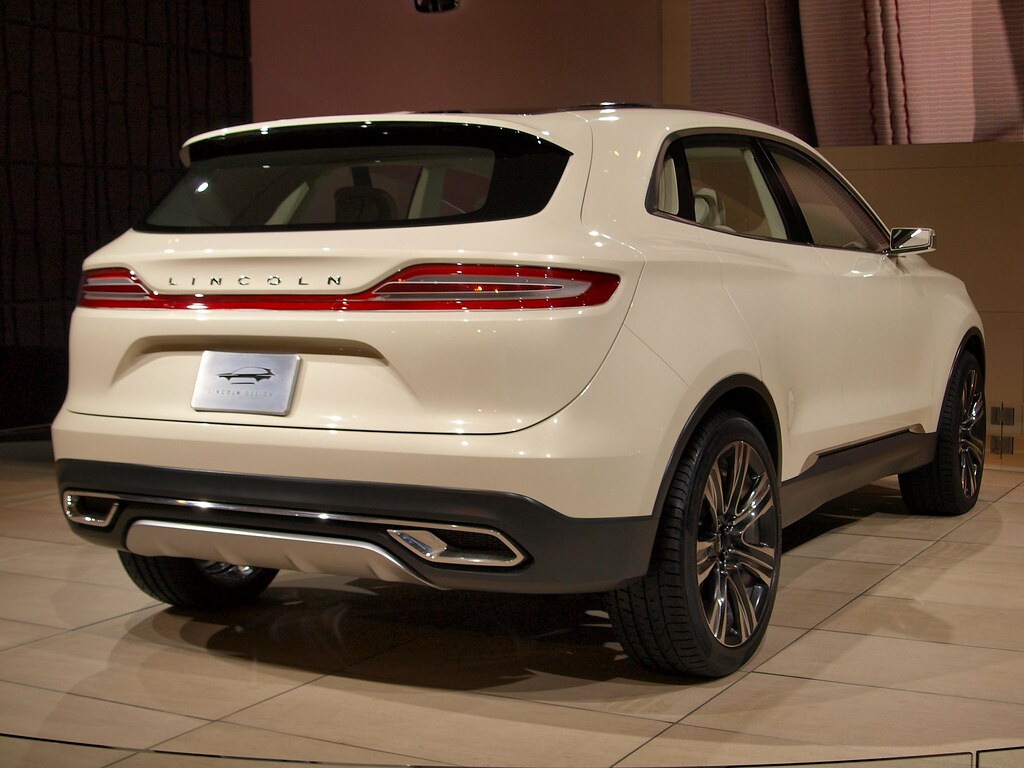
15. **The Future Beckons: Autonomous Driving, Sustainability, and Enduring Appeal**The journey of the SUV, from its humble military beginnings to the diverse, technology-rich landscape of today, is a compelling testament to its remarkable adaptability and enduring relevance. As we gaze into the horizon, the future of these versatile vehicles promises even more exciting and transformative developments, driven by technological innovation and evolving societal demands.
One of the most revolutionary advancements poised to reshape the SUV experience is the profound integration of autonomous driving technology. Imagine a future where your SUV effortlessly navigates long stretches of highway, allowing occupants to relax, work, or enjoy entertainment without the burdens of active driving. This technology holds immense potential to revolutionize road trips, reduce driver fatigue, and further enhance overall safety on our roads, making long journeys more comfortable and efficient than ever before.
The quest for exceptional fuel efficiency and paramount sustainability will undoubtedly continue to be a driving force in SUV development. Anticipate significant advancements in electric vehicle technology, leading to SUVs with even greater range, faster charging capabilities, and improved performance. Furthermore, the potential of hydrogen fuel cells, offering zero-emission propulsion with rapid refueling, promises a future where SUVs leave an even smaller environmental footprint, aligning with global efforts for greener transportation.
Despite the relentless pace of change within the automotive industry, one fundamental truth remains constant: the enduring appeal of Sport Utility Vehicles. Their inherent versatility, capacious interiors, commanding presence, and the pervasive sense of adventure they embody ensure their continued relevance for many years to come. Whether it’s conquering rugged off-road trails, comfortably cruising expansive highways with a full complement of passengers and cargo, or skillfully navigating the bustling complexities of the urban jungle, SUVs have repeatedly proven their unparalleled ability to adapt to the continually evolving needs and aspirations of drivers worldwide. The SUV’s journey is far from over; indeed, it promises to be an exhilarating ride into a future brimming with possibilities.


